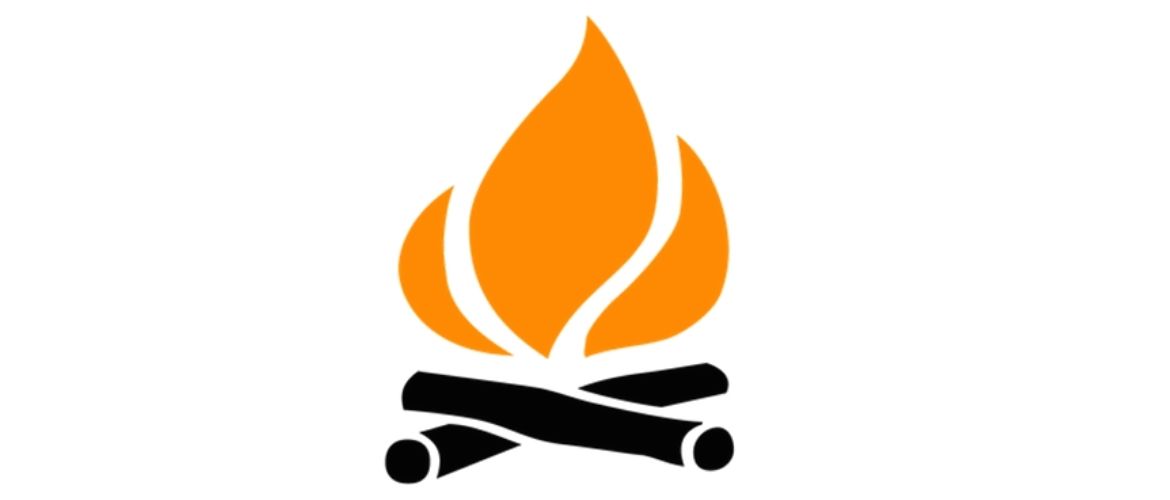Transformative Educational Leadership Journal | ISSUE: Spring 2017
We improve that which we measure. But what if we cannot measure all that we value? In this refreshing article, Amelia Peterson introduces an alternative to individual metrics: the fire triangle. This storied approach to data provides a new take on how we can make sense of the complexity of educational change to pursue more holistic goals. By Amelia PetersonWhat matters is what’s measured. This is an oft-heard refrain in education circles. Sometimes it is declared as a mantra to live by.
From this perspective, measurement is integral to efforts to improve educational outcomes on behalf of kids. Without measurement, advocates say, we cannot motivate progress, know our impact, or compare the benefits of different approaches. Others utter this phrase with a shake of the head, viewing the focus on measurable improvement as myopic and damaging to the range of outcomes or aspects of experience which seem impossible to capture in metrics. Sceptics of the mantra point to phenomena such as teaching to the test, homogenisation of curricula and shallow or short-term learning as unintended consequences of managing change through measurement. Both positions are based on solid ground. There is good evidence that being able to observe and track change via metrics leads to greater improvement over the long term. And from an ethical perspective, the stakeholders of public education – not least students themselves – deserve some reliable indicators that schools are providing high quality learning environments. On the other hand, it is also clear that systems which prioritize a small number of metrics see perverse consequences. Campbell’s Law – that the use of any phenomena as an indicator leads to distortion of the underlying phenomena – is alive and well in education. The simultaneous truth of these two positions requires us to look for a different way to approach measurement of learning environments and metrics of educational change. One of the central challenges that faces any effort to measure educational change is the complexity of what we mean by learning. Do we mean a brain process? Or a phenomenological one? Are we interested in what children are learning day-to-day or only what stays with them over months or years? Must we only focus on declarative or conceptual knowledge they master or can we also consider more tacit knowledge they gain or holistic ways they are developing?In considering these questions, our inclination is probably to say “it depends”.

The first requirement is material.

The second requirement is some kind of motivation.
Humans are goal-oriented and tend to conserve energy unless something is motivating them. Just as we cannot start a fire without some activation of energy or heat, a learner requires some incentive to get going on an activity. We may then find the activity sustains its own motivation – just as a fire can sustain its own heat – but we do need to keep an eye on it. This requires seeing environments and experiences from the learner perspective: does this individual have a reason to keep going? Can they perceive that reason? Can they feel the heat? Like temperature, motivation cannot be measured from a distance. Heat is not like fuel, which can be picked up from one place and used in another. It only exists in a particular time and place. To judge whether sufficient motivation is present we have to be close enough to a context to understand it through the learner’s eyes. Human perceptions are complicated, and easy to misjudge. Anyone can probably think of a few education policy decisions which seem to be based on misperceptions of how educators or learners feel.Finally, learning cannot happen without time.
Just as the quickest way to put out a fire is to smother it, depriving it of oxygen, the surest way to hinder learning is to pile on too many concerns and give it insufficient time to happen. The easiest way to make sure oxygen is present is not to try to measure whether it is there but just to create some space. Likewise, the element that is most often missing from learning or change plans is sufficient time. This should be the easiest entity to ensure, however, and perhaps should be the first checked in any accountability process. Our response to a dying fire is often to get out the bellows. Likewise, our first response in evaluating a learning process should be to ask whether it has had sufficient time for change to occur. For a system leader, in particular, creating real time for other adults to learn may be among the most important things they can do. Thinking carefully about the quality of our fuel (material), sustaining our heat (motivation), and leaving room for air (time) are just a few general implications of the fire triangle. Like any metaphor, some parallels may appeal more than others – some may even be misleading. But hopefully it is a flexible metaphor that can be applied to evaluate an individual learning design or a larger change effort. In either case, the questions are:- Have I got fuel? What do I know about the quality of this fuel? Has anyone tried it before? What makes me think this is the best kind of fuel for this process? Do I know where I can get more if this runs out?
- Have I got heat? Is it sufficiently spread? Where might I have cold patches? Thinking through the process as a whole, when do I think the first heat will die down? What can I do to create more?
- Have I created sufficient time and space for air?



Thank you for this. Very insightful and broadly relevant